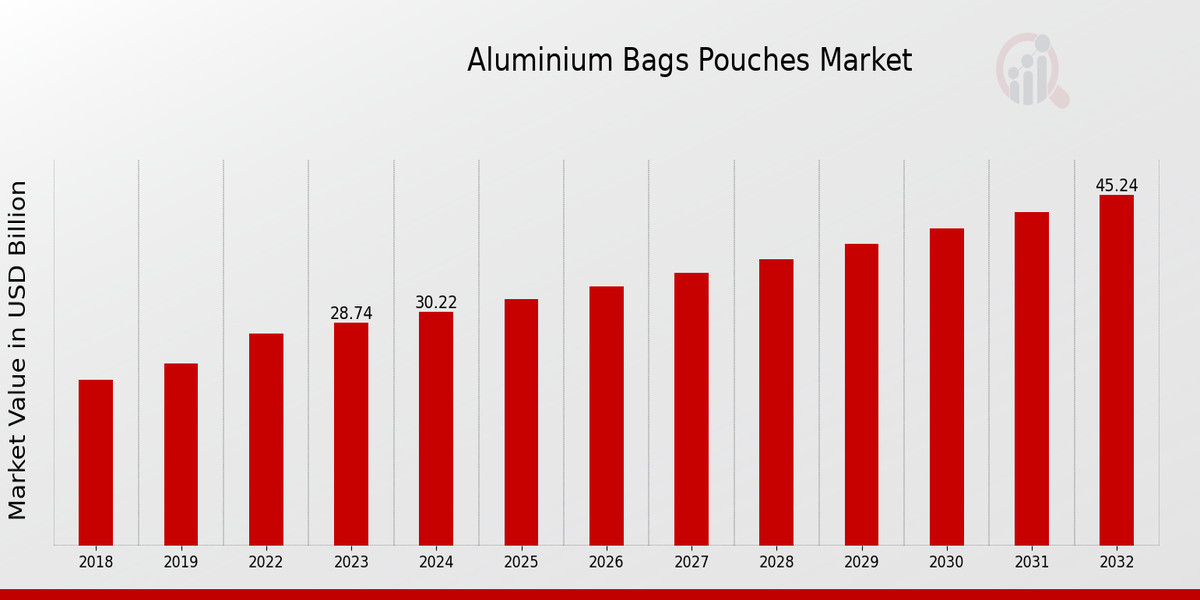The Indian Alcohol Market presents significant opportunities in the spirits and beer segments, driven by changing consumer preferences, urbanization, and premiumization. Leveraging these opportunities can expand Market Size, enhance Share, and support sustainable Growth Trends in the broader alcohol Industry Forecast.
Premiumization of spirits is a major opportunity. Consumers are increasingly willing to pay for high-quality, imported, or craft spirits. Whiskey, rum, gin, and vodka are seeing rising demand in urban markets. This trend enhances Market Share, increases Market Size, and aligns with positive Industry Trends.
Craft beer and microbrewery expansion is another growth avenue. India’s growing craft beer culture, fueled by younger consumers and urban centers, provides opportunities for breweries to innovate with flavors, brewing techniques, and localized ingredients. These innovations support Growth and strengthen the overall Market Forecast.
Health-conscious and functional beverages present untapped opportunities. Low-alcohol, low-calorie, and fortified options cater to wellness-oriented consumers. Manufacturers leveraging this trend can enhance Market Share, drive Market Size expansion, and reinforce long-term Growth Trends.
E-commerce and online retail create new opportunities. Digital platforms allow consumers to access premium spirits and beer conveniently, discover product variety, and make informed decisions. This boosts adoption, strengthens Market Share, and supports robust Industry Analysis.
Regional diversification also offers growth potential. Northern and Western India dominate spirits and beer consumption, while Southern and North-Eastern regions are emerging markets for craft beer and wine. Strategic entry into these regions can expand Market Size and improve Share across segments.
Innovation in packaging is a key driver of adoption. Eco-friendly bottles, convenient packaging formats, and visually appealing designs attract consumers, support Growth Trends, and enhance Industry Forecast projections.
Tourism and hospitality sector growth is another opportunity. Hotels, restaurants, bars, and events promote spirits and beer consumption. Collaborations with hospitality providers can increase Market Share, drive Market Size, and influence positive Industry Trends.
Sustainability initiatives in production and packaging appeal to environmentally conscious consumers. Responsible sourcing, recyclable packaging, and energy-efficient breweries can differentiate brands and strengthen Market Share while reinforcing Growth Forecasts.
Consumer education and experiential marketing further drive opportunities. Wine tastings, brewery tours, workshops, and digital campaigns improve awareness, enhance loyalty, and encourage repeat purchases. This supports Market Growth and strengthens Industry Analysis.
In conclusion, the Indian spirits and beer market offers opportunities in premiumization, craft beer, health-conscious beverages, e-commerce, regional expansion, packaging innovation, tourism, sustainability, and consumer education. Leveraging these areas enables stakeholders to expand Market Size, increase Share, and sustain long-term Growth Trends, ensuring a robust Industry Forecast.
FAQs
1. What are the main opportunities in the Indian spirits and beer market?
Premiumization, craft beer, health-conscious beverages, e-commerce, regional expansion, and packaging innovation.
2. How is craft beer influencing the market?
It attracts urban consumers seeking unique flavors, boosting adoption and Market Share.
3. Why are low-alcohol and functional beverages important?
They cater to health-conscious consumers, enhancing Market Size and long-term Growth Trends.
4. How does e-commerce contribute to growth in spirits and beer?
It increases accessibility, product variety, and informed purchasing, improving Share.
5. Which LSI keywords are included in this blog?
Size, Share, Growth, Trends, Forecast, Industry, Analysis.















